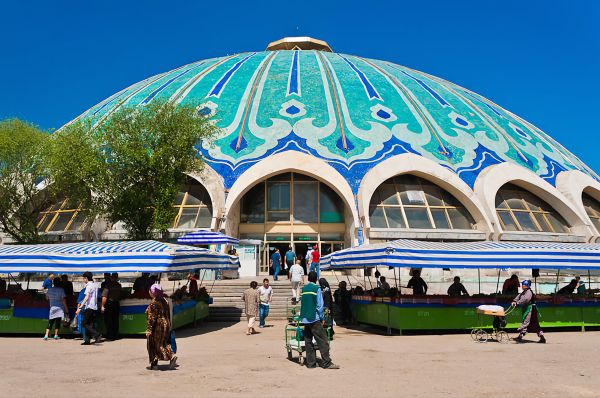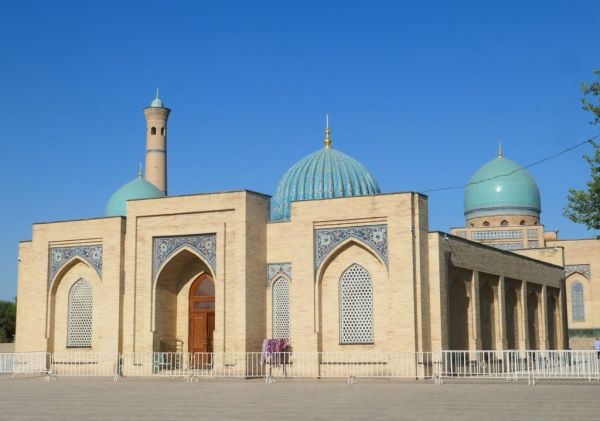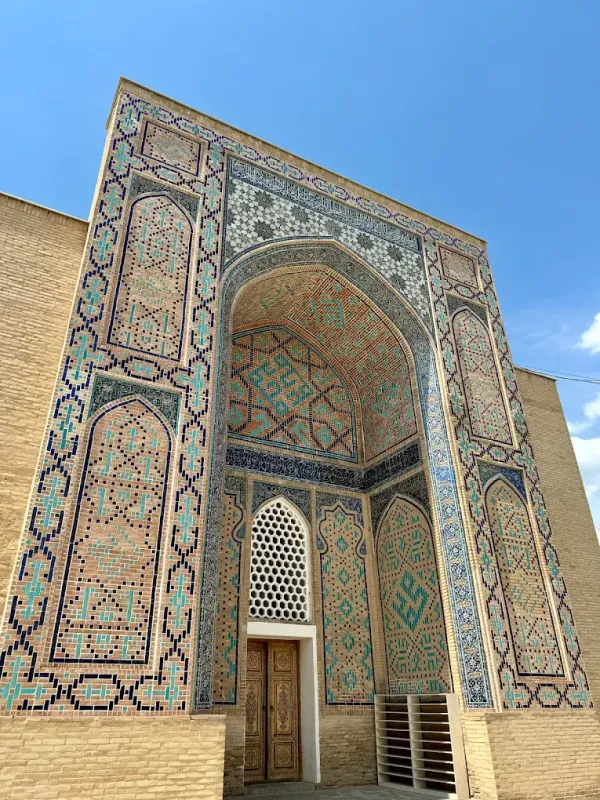The ancient settlement of Gyaur-Kala
"Fortress of the infidels" is how the name of the Giaur-kala settlement translates. This fortress was built around the 4th century BC. Its ten-meter walls are impressive for their power. They surround the ruins of two citadels, which presumably could be a temple and palace buildings. One of the citadels could serve as a defensive structure and a temple. This is not surprising, since it is this area that is considered the birthplace of the most ancient texts of the Avesta, the Ghats, written by Zarathustra himself. Numerous remains of hearths indicate that the inhabitants of Giaur-kala were Zoroastrian fire worshippers.
The other citadel was apparently the ruler's palace. An inner courtyard, many outbuildings, as well as living quarters decorated with carvings and paintings were discovered here. Archaeologists found other remnants of luxury items here: various ornaments, fabrics decorated with gold embroidery, and much more, which indicated that representatives of the upper class lived here.
Giaur–kala fortress stood at the intersection of trade routes. The northern branch of the Great Silk Road passed close to it, which greatly contributed to the longer existence of the settlement compared to other fortresses of Ancient Khorezm.
The fortress got its name after the Arab conquest in the early 8th century. The inhabitants of the city fiercely resisted the invaders, and for almost a century resisted the Arabs. The Arabs called the fortress Giaur-kala – "The Fortress of the infidels", since the inhabitants were Zoroastrian fire worshippers.
The fortress continued to function until the arrival of the Mongols in Central Asia in 1220. Genghis Khan's eldest son, Jochi, ordered the city to be razed to the ground. Subsequently, the residents of the city moved and founded a new settlement near the ruins of Giaur-kala.









